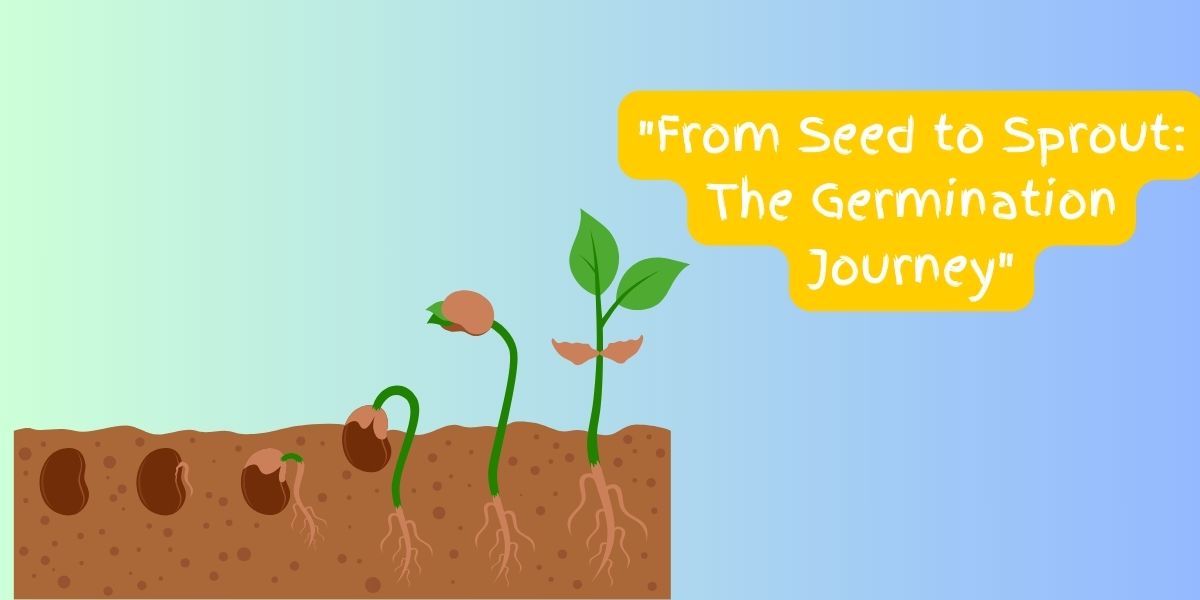Objective:
To understand the process of germination and the factors affecting seed growth.
Materials Needed:
- Various seeds (beans, peas, sunflower seeds, etc.)
- Small pots or containers
- Potting soil
- Watering can or spray bottle
- Labels or markers
- Notebook or journal
- Camera (optional)
Procedure:
- Seed Selection:
- Choose a variety of seeds to plant. You can select beans, peas, sunflower seeds, or any other seeds readily available.
- Preparation:
- Fill each pot or container with potting soil, leaving some space at the top.
- Moisten the soil slightly to prepare it for planting.
- Planting:
- Plant the seeds according to the instructions on the seed packet. Generally, you’ll want to plant them at a depth of about twice the size of the seed.
- Plant multiple seeds in each pot to increase the chances of successful germination.
- Labeling:
- Use labels or markers to identify the type of seeds planted in each pot. This will help you keep track of the different seeds as they grow.
- Watering:
- Water the pots gently after planting to ensure the soil is moist but not waterlogged.
- Throughout the project, monitor the moisture level of the soil and water the pots regularly as needed. Ensure the soil doesn’t dry out completely.
- Observation and Recording:
- Encourage the kids to observe the pots daily and record their observations in a notebook or journal.
- Record details such as changes in soil moisture, appearance of seedlings, growth rate, and any other notable observations.
- Optionally, take photos of the seeds at different stages of germination to document the process visually.
- Discussion and Analysis:
- Facilitate discussions about the process of germination and the factors influencing seed growth. Discuss concepts such as water, light, temperature, and soil nutrients.
- Encourage kids to compare the growth of different seeds and identify patterns or similarities.
- Conclusion:
- Conclude the project by summarizing the key findings and insights gained from the germination process.
- Discuss the importance of seeds and the role they play in plant growth and food production.
Extensions:
- Explore the effects of different environmental factors on seed germination (e.g., temperature, light intensity).
- Conduct experiments to investigate the impact of varying water or nutrient levels on seed growth.
- Create visual presentations or posters showcasing the germination process and key learnings.
This project not only teaches kids about the science behind seed germination but also fosters their curiosity and critical thinking skills. It’s a hands-on learning experience that can be enjoyed by students of all ages.


No responses yet